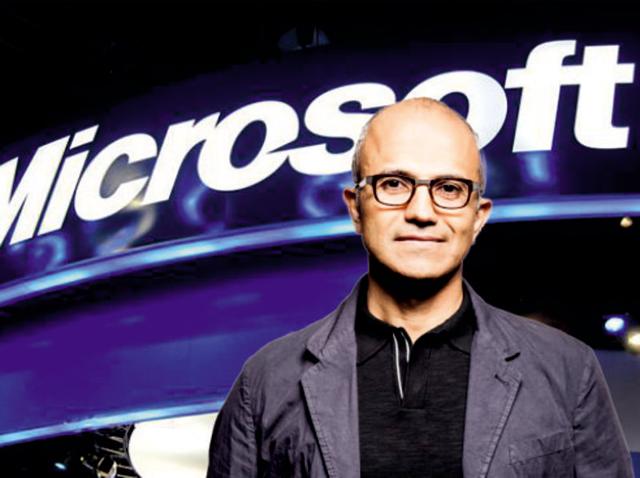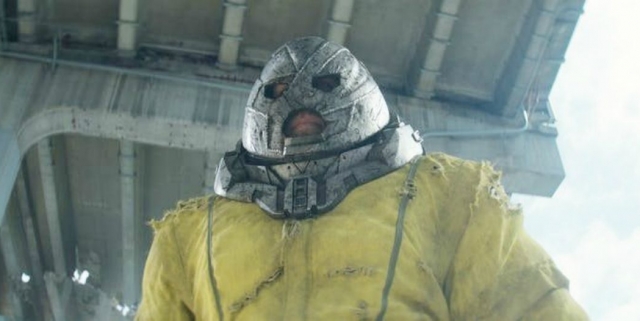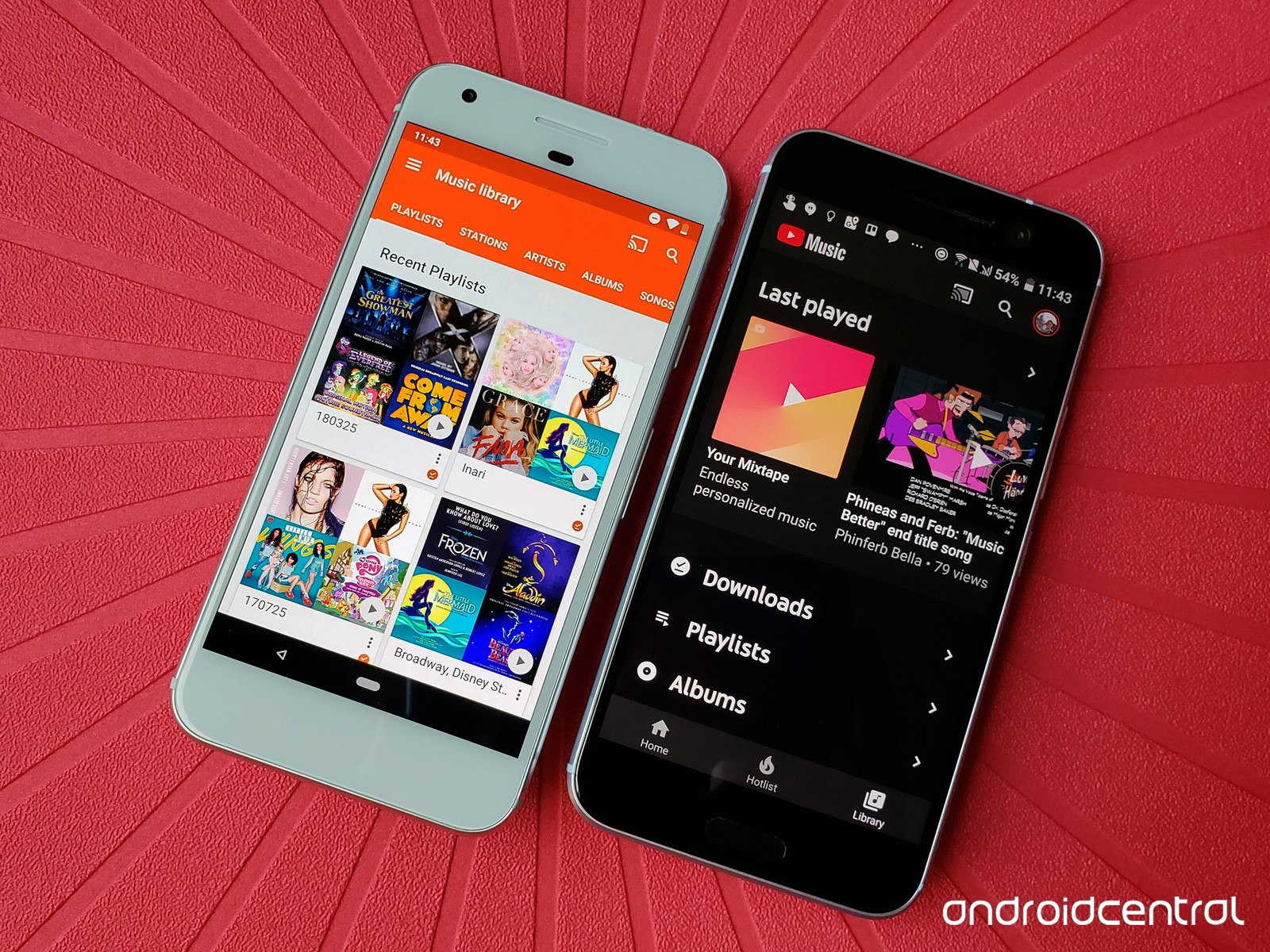chevron_left
-
play_arrow
NGradio So good... like you
Microsoft CEO Nadella’s ‘Hit Refresh’: Is a cultural revolution enough to refresh Microsoft?

share
close
Review: Microsoft chief Satya Nadella’s first book, out on September 26, offers a glimpse of how the company’s third CEO has attempted to reinvigorate the company
In my decades of writing about Microsoft, I’ve had the opportunity to interview all three of the company’s CEOs: The brash and brainy Bill Gates, the bombastic, take-no-prisoners Steve Ballmer and the understated yet thoughtful Satya Nadella.
Having grown up alongside Microsoft, I understood the cutthroat and competitive ways that shaped the company and many of its execs in its earlier days. The tech journalism field during those years was pretty competitive, too. Beating your competitors and trouncing them for missed scoops was the way we played. It was a winner-take-all atmosphere, just like in the industry we covered.
Given how and when I came of age in my profession, I felt I understood Gates’ and Ballmer’s approach to the tech world more than I have Nadella’s.
I was surprised and puzzled, to be honest, when I heard Nadella claim — as he did right after becoming CEO and in his new book Hit Refresh: The Quest to Rediscover Microsoft’s Soul and Imagine a Better Future for Everyone (Harper Collins, 2017) — that job No. 1 for a CEO should be to curate a company’s culture. I considered this to be an HR task. Shouldn’t a CEO be carving out devious ways to grab more market share while carving up the competition, instead? The whole “culture eats strategy for breakfast” mentality seemed like a cop out to me.
Still, I was interested to get a peek at Nadella’s book that’s out this week, as it purported to explain not just what makes Microsoft’s newest CEO tick, but also to provide a glimpse of how he’s made changes that have impacted the Redmond software and services giant.
The premise of Hit Refresh is intriguing. Nadella, who became Microsoft’s third CEO in February 2014, came to power in an interesting time. Microsoft was on the defensive, as he notes in his book, because of the shrinking Windows PC and Windows Phone markets. Employees were burned out and disaffected. Many believed the only hope for the company was to hire an outsider as CEO to try to shake things up. Yet Nadella, who has been at Microsoft for a quarter century, was the consummate insider.
After talking and listening to employees (Note: Nadella is, of Microsoft’s three CEOs, definitely the best listener), Nadella decided Microsoft needed a complete cultural makeover. Over the past few years, he’s shared a number of his techniques on stage and other ways. We’ve all heard about the importance in the “new” Microsoft of having a growth mindset; of being a “learn-it-all” rather than a “know-it-all”; and of making inclusivity and diversity top priorities. Sure, it all sounded good, I thought. But what’s Microsoft going to do to get back at Google, to topple Salesforce, to cripple runaway cloud leader Amazon?
Hit Refresh makes it clear that Nadella believes empathy and empowerment are not just nice words, but concepts that can change how employees approach their jobs and their relationships with customers, partners and colleagues.
I want to believe. I really do. Who can be against a more empathetic world, especially from a company whose founder was famous for telling employees and us press folk that we were asking the stupidest question he’d ever heard?
But I think I’m just too steeped in the old “cut off their air supply” Microsoft days to believe the old ways are completely gone — and to believe that it would be a good thing for Microsoft if they were.
I definitely am convinced Microsoft has changed since Nadella became CEO. Employee morale is up. A number of employees who left the company during the last decade are coming back. Just look at the stock price since he’s taken the helm; Wall Street obviously thinks things are different now, too.
But I feel the company has switched gears out of necessity — due to the changing tech landscape where Windows matters less — more than because employees are feeling like they can take more risks, fail fast and still keep their jobs.
Nadella writes that decisions like making Windows 10 free for a year were the result of a growth mindset. I’d argue that choice was more likely the result of competitive pressures from Android. Ditto re: Microsoft bringing Office to the iPad and Android. I feel like this was more of a must-do due to the growth of a mobile market where Microsoft was a very distant No. 3, not so much because of a desire to be a better partner. Microsoft loves Linux because more and more developers are using open-source technologies and are ready to go where their needs and preferences are met.
There are some nice tidbits in Hit Refresh for the Microsoft-watching set. Nadella admits he was against Microsoft’s decision to buy Nokia — something reported by Bloomberg a while back, but not officially confirmed until now, as far as I know. He talks frankly about his much-publicized gaffe around equal pay for women and lack of a professional growth path for Indians at Microsoft up until around the year 2000.
I would have liked to have heard more of the backstory about Microsoft’s falling out with one-time-BFF Salesforce and the real story behind the Microsoft-Yahoo parting of ways in the search space.
There are a couple of chapters about tech and policy futures at the end of the book. Nadella talks about the futures tightrope that Microsoft has not always walked successfully, teetering between being too far ahead and too far behind. He provides some context around why Microsoft’s next big bets include mixed reality, artificial intelligence and quantum computing. He also touches on the ethics issues around AI, security and privacy, as he has done frequently in talks and posts.
A Nadella-led Microsoft probably would have avoided some of the morale-damaging missteps (terrible towels, anyone?) that happened under its previous two CEOs. But would Nadella have managed to grab more than 90 percent of the desktop operating-system share before smartphones were a thing? I’m not so sure.
Different times call for different tactics and leaders. Hit Refresh provides a look inside the thinking of Microsoft’s current CEO and how he’s attempting to motivate the troops and make Microsoft more relevant again.
Hit Refresh, with a foreword by Bill Gates, from Satya Nadella, Greg Shaw and Jill Tracie Nichols, is available for purchase as of September 26.
Source: zdnet.com
Written by: New Generation Radio
Rate it
Similar posts
ΔΗΜΟΦΙΛΗ ΑΡΘΡΑ
COPYRIGHT 2020. NGRADIO




















Post comments (0)